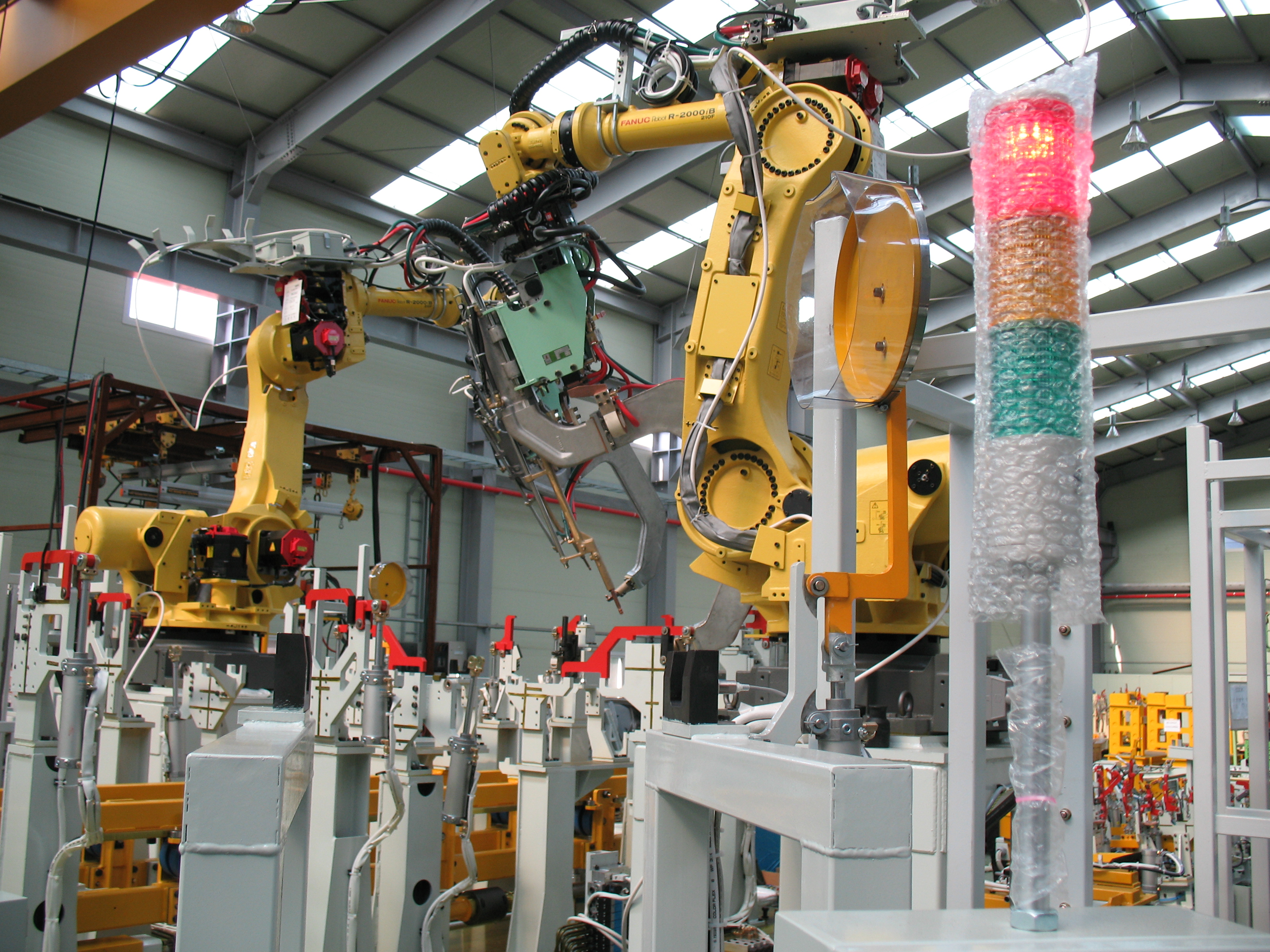Nearly two years ago, I thought about "
Where to begin?" in writing and the option of not beginning at the very beginning but in the middle of the action. The tactic can also be used in nonfiction, but in that case there is a moral imperative to not distort the actual sequence of events to direct sympathies in a particular direction. Emotions change depending on how an event is reported.

Here's a recent event from some local news:
Trapped in his bathroom during a raging fire, a man and had to be rescued by firefighters and rushed to the hospital for smoke inhalation.
If that is what you read, you'd likely feel very sorry for the man who suffered in a fire.
That account is correct, though it is not what is highlighted in the
news story headline. As it turned out, the man who had to be rescued set the fire himself. He caused property damage that left many tenants homeless and caused another man to need treatment for smoke inhalation. His motive for arson? He was angry about being evicted. Some people may think anger of that sort justifies destruction that harms other innocent people, but most people would lose all sympathy for an arsonist.
Half a truth is not only a whole lie but a way to misrepresent the arsonist as victim.
Cutting out the actual background to events completely changes our perceptions and distort who is in the right and who is in the wrong. That is well-illustrated in a story of reaping what you sow in "The Little Red Hen." If you jump to the end of the story without the beginning, the hen sounds selfish and mean. She tantalizes the other animals with the freshly baked loaf and then refuses to share with them. Clearly, then she's the bad guy.
But that's not the point of the story at all. It only makes sense if you read it from the beginning and see that at every step involved in baking the bread, she had asked the others to share in the work. They always refused. That's why she said they can't share in the results. If you're committed to a narrative that demonizes red hens, then you'll leave out the crucial steps along the way to the baked bread. while fiction does allow you to set your boundaries where you will, a news report needs to be more comprehensive about the beginning, middle, and end.











.jpg)





